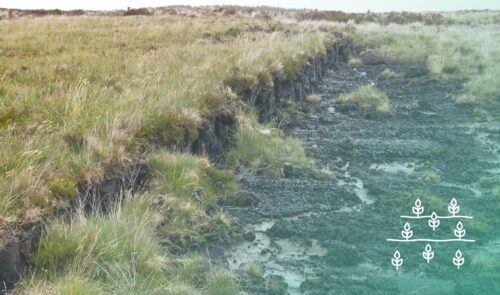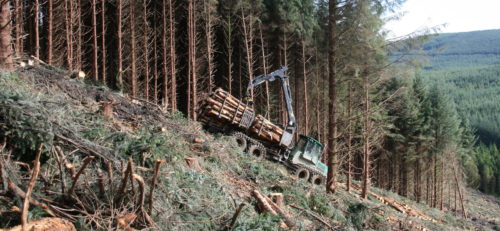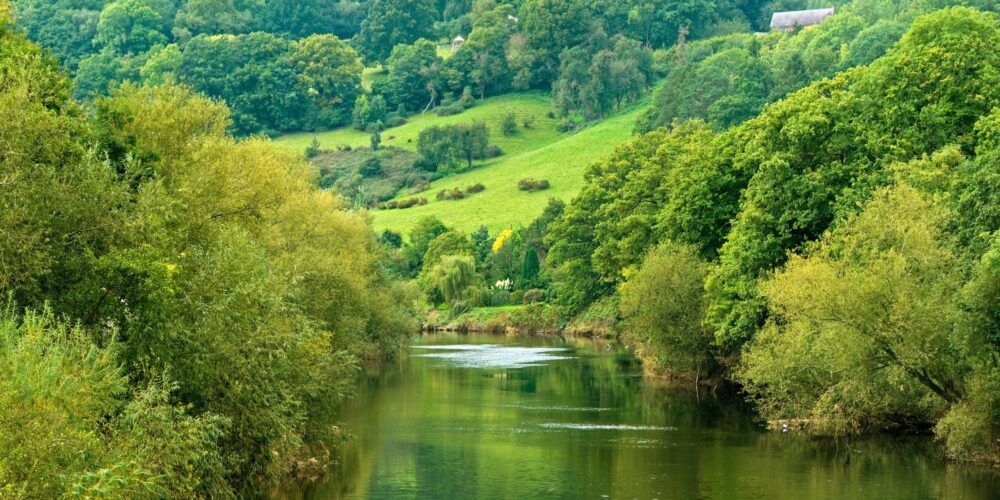How does it work?
Increasingly, businesses have a need and/or desire to deliver and preserve our natural capital. It is not practical for every business to do this themselves and as such a market has evolved whereby the benefit derived from various land management techniques can be traded.
We address two of the ways this can be achieved below, through carbon off-set credits and through biodiversity net gain credits.
In almost all cases these benefits are developed on land which is not suitable for agriculture or commercial forestry and where there is a tangible benefit to be seen by changing the use or management of the land.
Tilhill can advise on investment in natural capital and the management of land to derive benefits, to satisfy the demands of the market, or those of your own business.
Carbon Investment

Woodland Carbon
This is the most established method and is primarily concerned with the growing of trees for the purpose of sequestering atmospheric carbon.
Returns are typically generated from the increase in net asset values and the sale of carbon credits.
The benefit (carbon removed from the atmosphere by photosynthesis) is quantified and verified by the Woodland Carbon Code and can be traded in the market as carbon offset credits.

Peatland Carbon
Unlike woodland, which is a net sequester of carbon as long as the trees are alive, peatlands are, in most cases, a net emitter of carbon.
This is because most peatlands in the UK have been drained and are now in a severely degraded state. By restoring the peat we can turn peatland from a net emitter of carbon, to being neutral (i.e. no, or very low emissions of carbon) to eventually sequestering small amounts of carbon.
As with woodland, the benefit (in the case of peat, the amount of carbon not being released into the atmosphere) can be quantified and traded.
Biodiversity Investment
Biodiversity Net Gain Investing (BNG)
A key element of the Government’s Environment Act 2021 is the requirement for all Town and Country Planning Act and Nationally Significant Infrastructure Project developments to deliver a minimum 10% increase in biodiversity.
This rule is expected to come into force in the winter of 2023, however some planning authorities and developers are trialing this process already.
Developers can achieve this gain through careful choice of site and design, but in many cases, developers will need to outsource the provision of the gain to a third-party provider. These third parties will generate this gain (a benefit) through introducing land management techniques on another site, so the benefit can be traded, as with carbon off-set units.

Example:
A housing developer (Party A) is building houses on a 2 hectare site which was formerly arable farmland. The site has relatively little biodiversity. The site was assessed and determined to have X units of biodiversity. Under the rule, the developer must deliver X+10% biodiversity.
The gardens and landscaping create some additional habitat (say 2% BNG), but the remaining 8% BNG has to be found elsewhere.
Meanwhile, a BNG Investor (Party B) acquires a site, formerly used for grazing sheep and commercial forestry and has it assessed. It is determined to have Y units of biodiversity.
They take advice from Tilhill and through changes in land use and management over several years they deliver Y+200% and have this verified through an approved scheme (like the woodland and peatland carbon codes).
Party B can sell their surplus BNG Credits to Party A, allowing party A to meet their 10% BNG requirement and delivering a financial return on the investment for Party B.
Contact a member of our team




